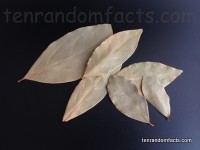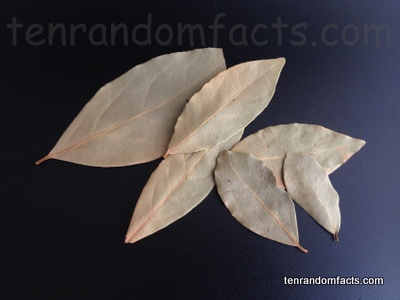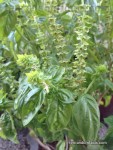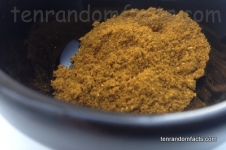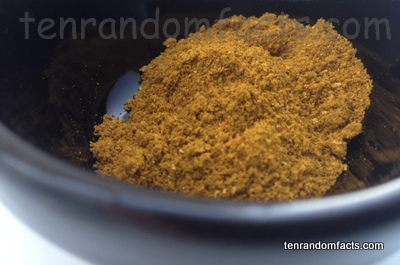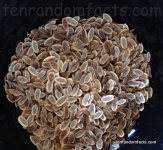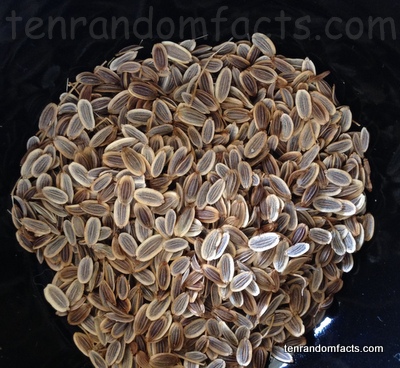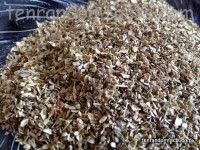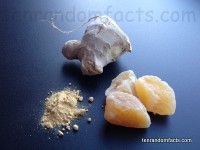
Ginger root is strong in flavour.
- Ginger root is the root of the ginger plant native to parts of South-East Asia, including southern China, that has the scientific name Zingiber officinale.
- ‘Ginger root’ is also known as simply ‘ginger’, and the word has its origins in Old English, Latin, Greek and Prakrit – gingiber, zingiberi, zingiberis, and singabera respectively, with suggestions that it ultimately came from the Sanskrit words ‘srngam’ and ‘vera’, meaning ‘horn’ and ‘body’ respectively, in reference to the root’s shape.
- Ginger root is commonly used as a culinary spice, and ranges from mild to hot strengths with a sweet tangy and spicy flavour, and it is a good source of copper, manganese, magnesium and potassium.
- Common foods that use ginger root as a flavouring include beverages, condiments, curry, and baked goods including cookies, and the root can also be candied, pickled or juiced.
- Ginger root can be collected when the plant root is either young or old, and it can be dried and ground or used fresh, while the younger roots are normally juicer, contain less fibres and are milder in spiciness.
- Ginger root can be used for medical purposes, including preventing motion sickness and other causes of nausea, reduction or prevention of some cancers, and for treating some inflammatory problems.
- The skin of ginger root is typically brown coloured, with red, white, yellow or orange flesh, which varies according to the variety of the plant.
- Fresh ginger root is commonly peeled to remove the skin before grating, slicing or chopping the flesh, though it is not usually necessary to peel younger roots.
- Care should be taken when eating ginger root as it can cause allergic reactions in some people and negative affects include rashes, bloating, burping, gas and nausea, and it can interfere with some medical drugs.
- Ginger root has been used since ancient times in the Middle East, India and China, and in 2012 India was the largest producer of the root, growing a third of the world’s total production.




